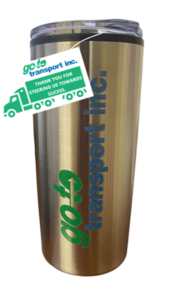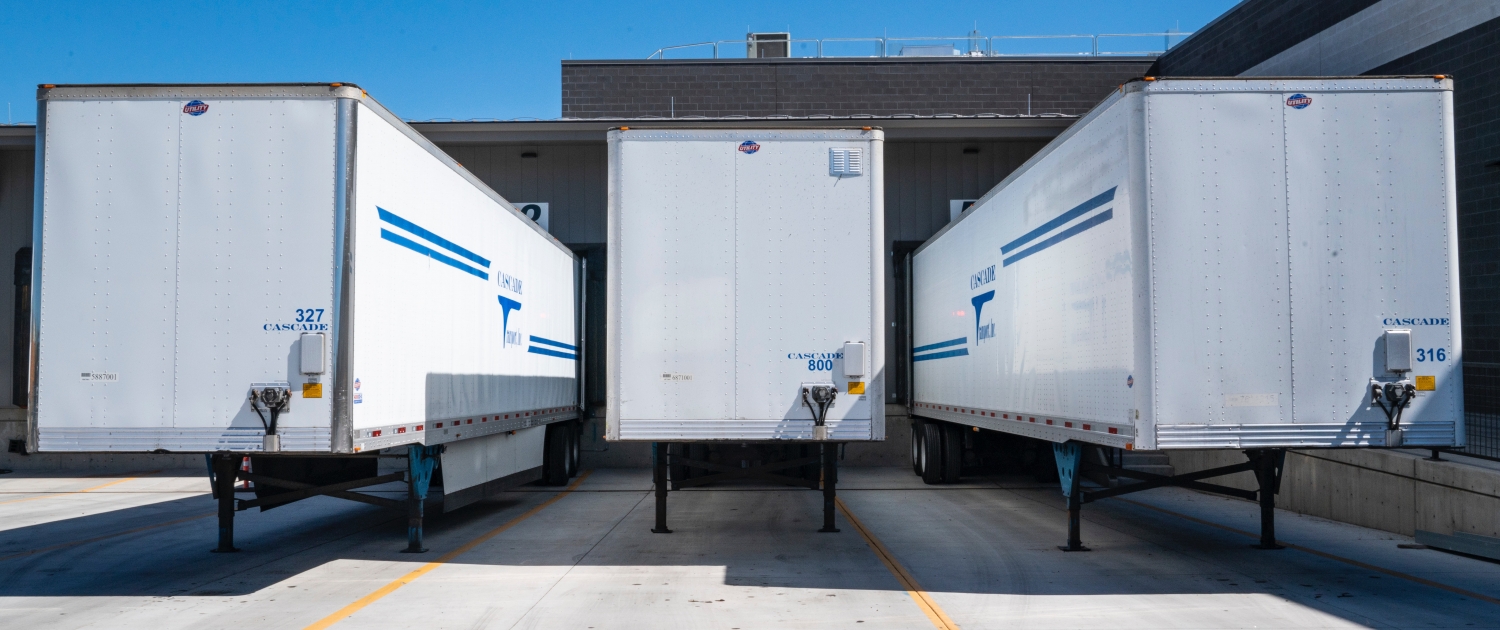
Nearly every truck driver can tell a story about taking a job with a company that does not provide them with the tools and resources they need to be successful. Whether it’s poorly maintained trucks or a confusing onboarding process, there are some clear indicating factors that will impact a company’s driver retention rate. Truck driving is already a stressful occupation, which is why drivers will not hesitate to change companies if they feel their needs are not being met.
To ensure that your company has a strong driver retention rate, you should set your drivers up for success from the moment they first apply to work for you.
Clear Application & Onboarding Processes: Long applications, lack of response, or being treated like a number are several reasons drivers have cited about why they decided to join another company. To keep quality drivers, you must first be able to hire and onboard them successfully, which is why this step is so critical. Work with your recruiting department to ensure that there are clear goals about responding to drivers in a timely manner, making them feel welcome, and following up regularly during the process. Solid communication during this initial phase of employment lays the foundation for the drivers’ experience with your company as a whole. It is also advisable to have a driver mentor program to help facilitate a new driver’s experience once they join the team.
Set Realistic Delivery Goals: Once drivers have joined your team there are several areas that they may run into issues while working, but we have noticed the top one is related to delivery. Many shipping companies set timelines that are extremely tight providing truck drivers with little room for error. Delivery times can be impacted by many factors including traffic and weather, so it is important to give drivers some flexibility to account for unexpected events. The last thing your company needs is drivers driving recklessly to meet tight deadlines.
Providing Resources for Mental & Physical Health: Truck driving takes a toll on a person’s body both mentally and physically, which is why providing resources for your drivers is a key way to help set them up for success. Health issues common amongst truck drivers include stress, high blood pressure, obesity, depression, lack of sleep, and more. To mitigate these issues, it is worth providing benefits that allow drivers to take better care of their health including insurance, gym memberships, schedules that allow for sufficient rest, and paid time off. Companies can also provide equipment to help trucks become more comfortable including seat cushions which provide lumbar support.
Balance Home Time with Time on the Road: Another way companies can help drivers be more successful and lead a healthier, happier life is by balancing time at home, with time on the road. As mentioned above, depression is one of the biggest issues facing truck drivers today and it is largely due to the amount of time spent alone. To help your drivers combat loneliness, it is important to make sure their schedule does not keep them away from home for weeks at a time and that they have plenty of breaks to communicate with their families.
Regularly Maintain Trucks & Equipment: Deliveries are only possible if drivers can arrive at their destination safely and without issue. Drivers are often faced with trucks and other equipment that is not functioning properly. To ensure your team is able to do their jobs successfully, maintaining trucks and equipment regularly is a must.
The market for experienced and quality truck drivers remains competitive, which is why it is vital to consider new and innovative ways to increase driver retention. For more tips on how to increase driver retention, make sure to check out our blog for employers regularly.







 Truck driver retention is a well-documented problem in the trucking industry. Carriers are finding it harder and harder to retain qualified drivers after they’ve joined their fleet. The problem is even worse in the
Truck driver retention is a well-documented problem in the trucking industry. Carriers are finding it harder and harder to retain qualified drivers after they’ve joined their fleet. The problem is even worse in the  If you’re experiencing a high turnover of new drivers, the most important thing to do is figure out why. And the best people to ask? The drivers who are leaving.
If you’re experiencing a high turnover of new drivers, the most important thing to do is figure out why. And the best people to ask? The drivers who are leaving. Everybody wants to feel appreciated at their job, and everybody likes to have tangible goals that they can work towards and achieve. This is the guiding principle behind having awards and incentive programs in the workplace.
Everybody wants to feel appreciated at their job, and everybody likes to have tangible goals that they can work towards and achieve. This is the guiding principle behind having awards and incentive programs in the workplace.  Upgrading the amenities for your fleet of trucks can be a costly venture for organizations. However, carriers should consider that the increased truck driver retention that comes from offering amenities might be worth the initial investment, especially if you have a lot of OTR/Regional drivers.
Upgrading the amenities for your fleet of trucks can be a costly venture for organizations. However, carriers should consider that the increased truck driver retention that comes from offering amenities might be worth the initial investment, especially if you have a lot of OTR/Regional drivers.  Turnover isn’t always a product of a driver simply getting a better pay package somewhere else. Sometimes, drivers leave because they feel they’ve been misled about what the position was before they came onboard.
Turnover isn’t always a product of a driver simply getting a better pay package somewhere else. Sometimes, drivers leave because they feel they’ve been misled about what the position was before they came onboard.  Not every driver is a fit for every carrier, and that’s ok. Recruiting isn’t about finding any driver for the position. It’s about finding the
Not every driver is a fit for every carrier, and that’s ok. Recruiting isn’t about finding any driver for the position. It’s about finding the  Comprehensive CDL Recruitment Solutions
Comprehensive CDL Recruitment Solutions






 As truck driver retention continues to be an issue across the industry, companies should take every opportunity to show their drivers that they’re appreciated for the work they do day in and day out. One of the best ways to show your carrier’s appreciation is to take time to celebrate a driver’s work anniversary.
As truck driver retention continues to be an issue across the industry, companies should take every opportunity to show their drivers that they’re appreciated for the work they do day in and day out. One of the best ways to show your carrier’s appreciation is to take time to celebrate a driver’s work anniversary.  There’s no substitute for cash. Rewarding drivers who’ve stayed on with your carrier with a
There’s no substitute for cash. Rewarding drivers who’ve stayed on with your carrier with a  Aside from cash, gift cards are another great option. You could go with something universal that would work for almost anyone, like an Amazon or Target gift card, or you could go for something a little more personalized.
Aside from cash, gift cards are another great option. You could go with something universal that would work for almost anyone, like an Amazon or Target gift card, or you could go for something a little more personalized.  Gift cards and cash are great, but to certain drivers, there’s a chance they’ll come across as a little impersonal. Instead,
Gift cards and cash are great, but to certain drivers, there’s a chance they’ll come across as a little impersonal. Instead,  It’s hard to overstate the value of an unexpected day off. Rewarding loyal drivers with a surprise extra day of vacation or PTO can be the best way to celebrate, especially if you know the driver has a family/children they can enjoy their time off with.
It’s hard to overstate the value of an unexpected day off. Rewarding loyal drivers with a surprise extra day of vacation or PTO can be the best way to celebrate, especially if you know the driver has a family/children they can enjoy their time off with.

